You can’t visit Peru without exploring at least some parts from the Sacred Valley of the Incas. Not as famous as Machu Picchu, this area is absolutely spectacular, with impressive ruins and stories. We were initially a bit worried to visit the Sacred Valley with a toddler, mostly because of the altitude. Luckily we had no issues, except for some overstimulation and tiredness, actually due to due to the flight and being on the road a lot for two days.

Altitude sickness
Altitude sickness is one of the things that come up most ofter when talking about visiting Sacred Valley with children. So I think we should detail a bit.
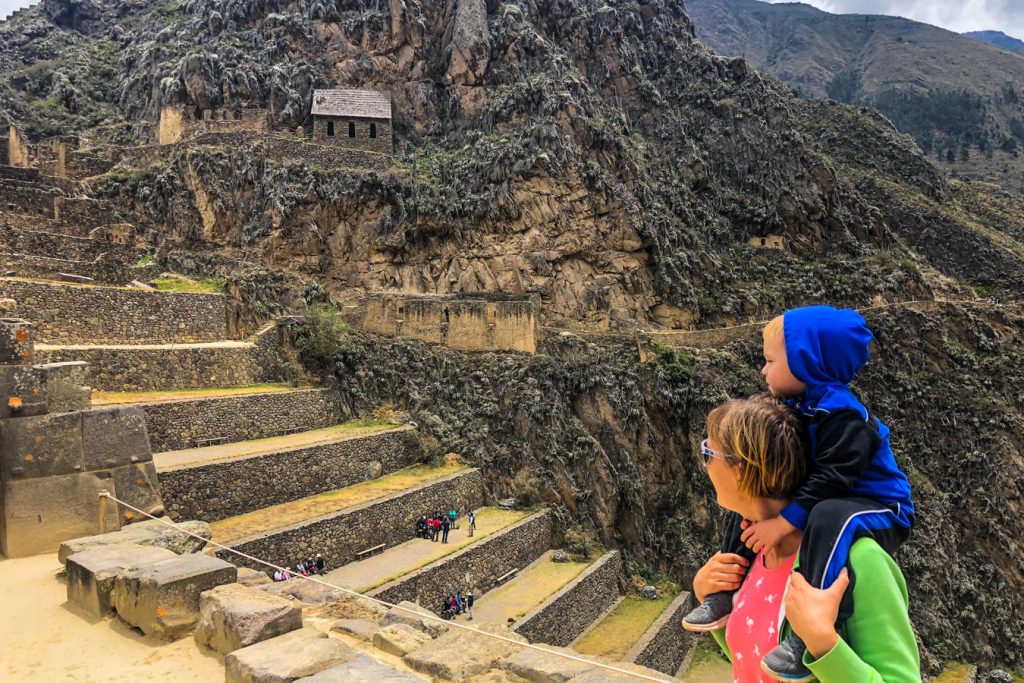
Altitude sickness is a condition that occurs above 2,500m, due to decreased air pressure and lower concentration of oxygen. It usually affects 20% of the people rapidly going up to 2,500m and 40% of the ones rapidly going to 3,000m. It can include tiredness, headaches, dizziness, vomiting or sleep problems. Altitude sickness can be easily prevented by not ascending more than 300m per day, drink plenty of water and avoid alcohol and sleeping pills. In case of issues, just descend to a lower altitude and increase fluid intake; very rarely it can evolve into very severe cases.
Where to stay in the Sacred Valley
We spent three nights in the Sacred Valley before visiting Machu Picchu, to explore the area, but also to get used with the climate and altitude. We chose to stay at Wayqey Lodge in Urubamba. This little town is right in the middle of the Sacred Valley, so setting your base here is very convenient if you want to explore the region. The distances are quite short, but it takes lot of time to get from one site to another due to the winding mountain road, unpaved in some cases.
See other accommodation options for the Sacred Valley in Urubamba or Ollantaytambo.
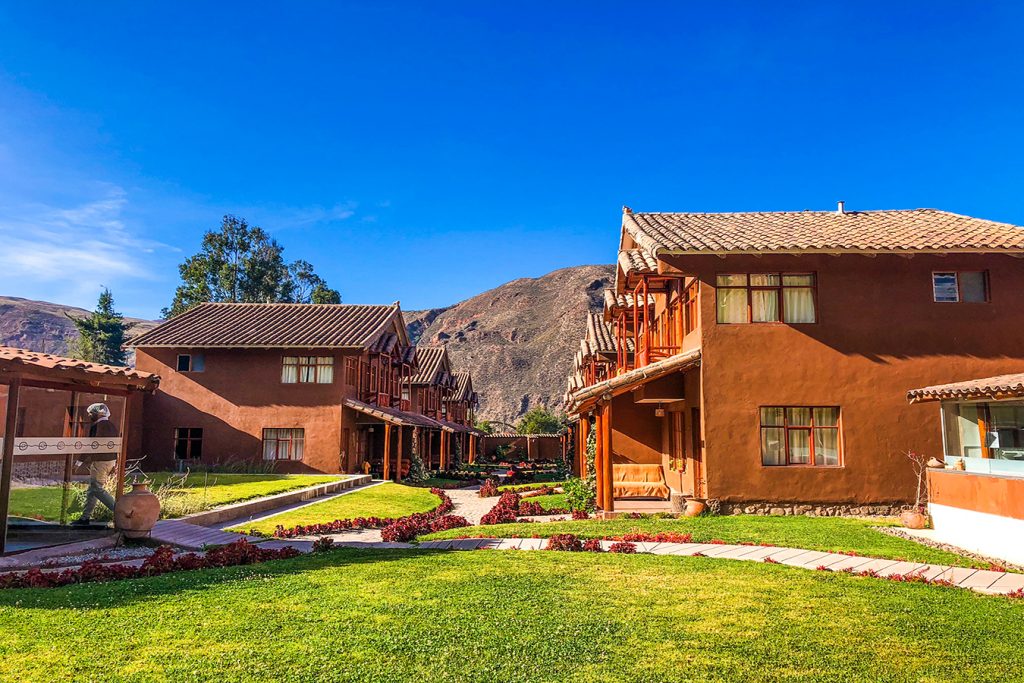
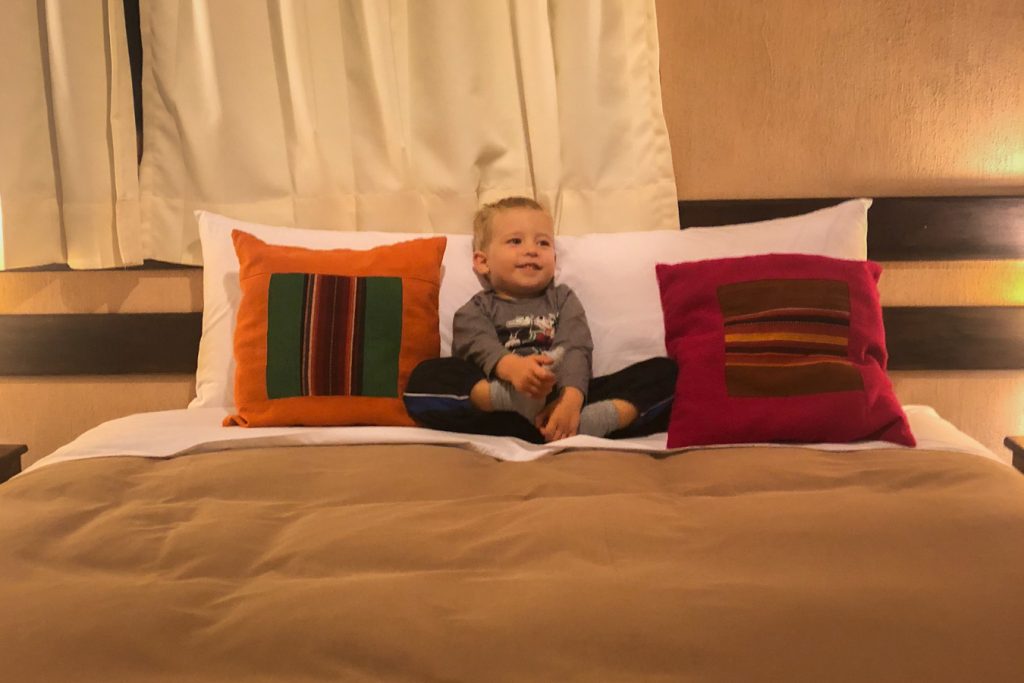
Wayqey Lodge is an oasis of peace and tranquility. The large outside area was perfect for Eric to consume his morning energy while we were enjoying a great Peruvian coffee. The lodges are large and spacious, decorated in a very authentic Andean style. They also feature a very well equipped kitchen; unfortunately we were too exhausted each evening to be in the mood for cooking.
Check here the rates or read more opinions about Wayqey Lodge.
Plan your time
Ideally, you need at least two days to visit the most important sites from the Sacred Valley. But, if you have time, there’s plenty of thing to do for a whole week here.
The staff at Wayqey Lodge helped us in finding a car to explore the region at our own peace. We usually prefer to rent a car instead of group or private tours, as we prefer to organise at our own peace. When you travel with a child you never know how your day will look like, so it is better to keep all the flexibility. Exploring the Sacred Valley with a toddler in our own car was a great idea! It is easy to get around with the GPS on our phone, very safe and people are generally wiling to help. We were even stopped by the police for a random check and they were very nice with us, being tourists.
Inca Ruins tickets
The center of the Incan Empire, the Sacred Valley hosts astonishing archeological sites. It is an impressive history lesson of which, unfortunately, we learn too little in school.
To visit the archeological sites of the Sacred Valley there are two ticket options. You either buy a general access ticket for 130 Soles/40 USD, available for 10 days and which grants access to all the sites on the Sacred Valley and Cusco or a partial one for 70 Soles/21 USD, available for 2 days. We opted for the second one, as it is more than enough if you explore the Sacred Valley with a toddler. You can purchase the ticket at any site, but beware, there is no ticket option to enter just one of the sites.
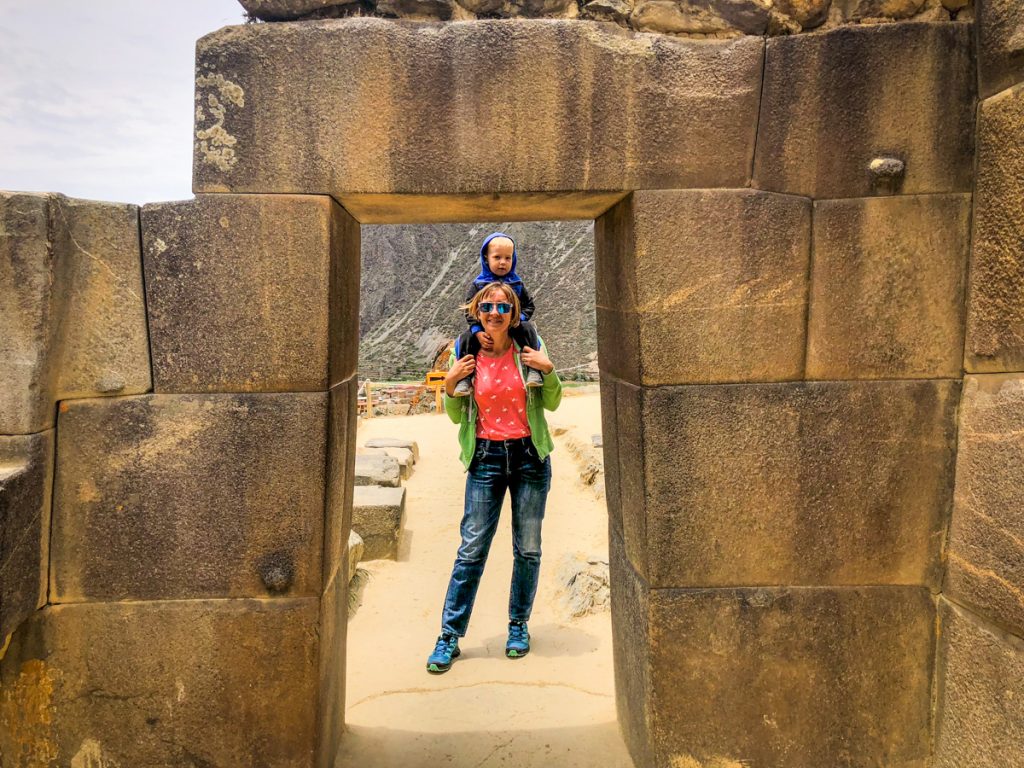
The partial ticket offers access to the sites of Moray, Pisac, Ollantaytambo and Chinchero. We were impressed by the first three of them, understanding how evolved the Inca civilisation was and how little from their world we understand today. Unfortunately we missed Chinchero as we spent a lot of time in Pisac market and were also too exhausted after Pisac ruins.
Moray

You have probably seen before the image of the circular amphitheatre terraces. It is a mesmerising site that you can’t easily forget. Like many other aspects from the Inca civilisation, its purpose is not fully understood. But the most common explanation is that it used to act as an agricultural lab. Due to the way it is built, the temperature top to the bottom can differ by up to 15°C.
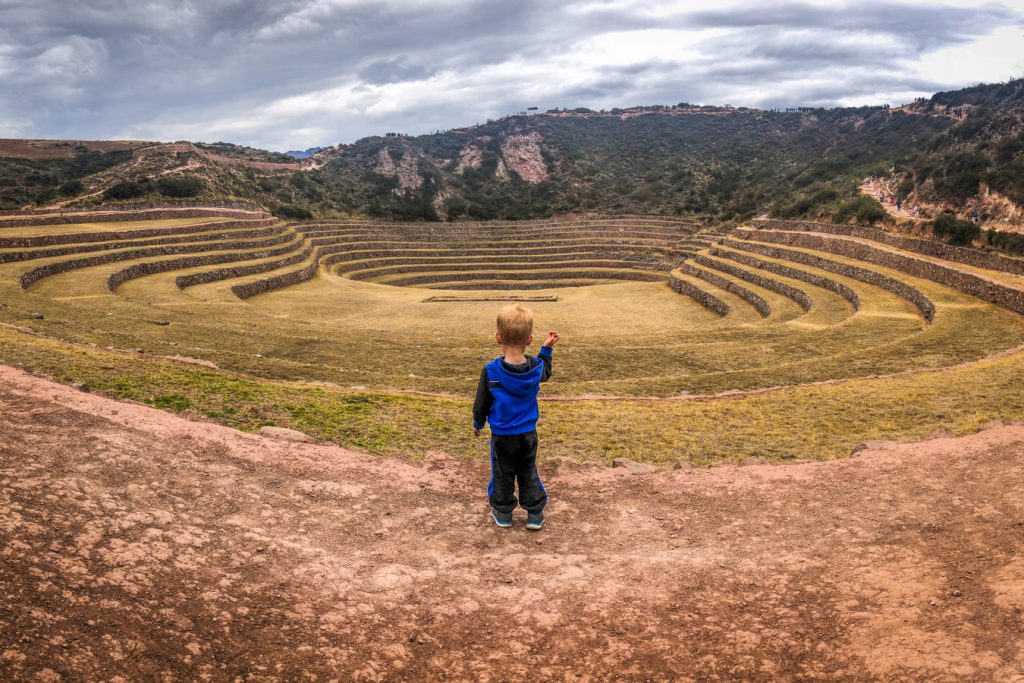
Pisac
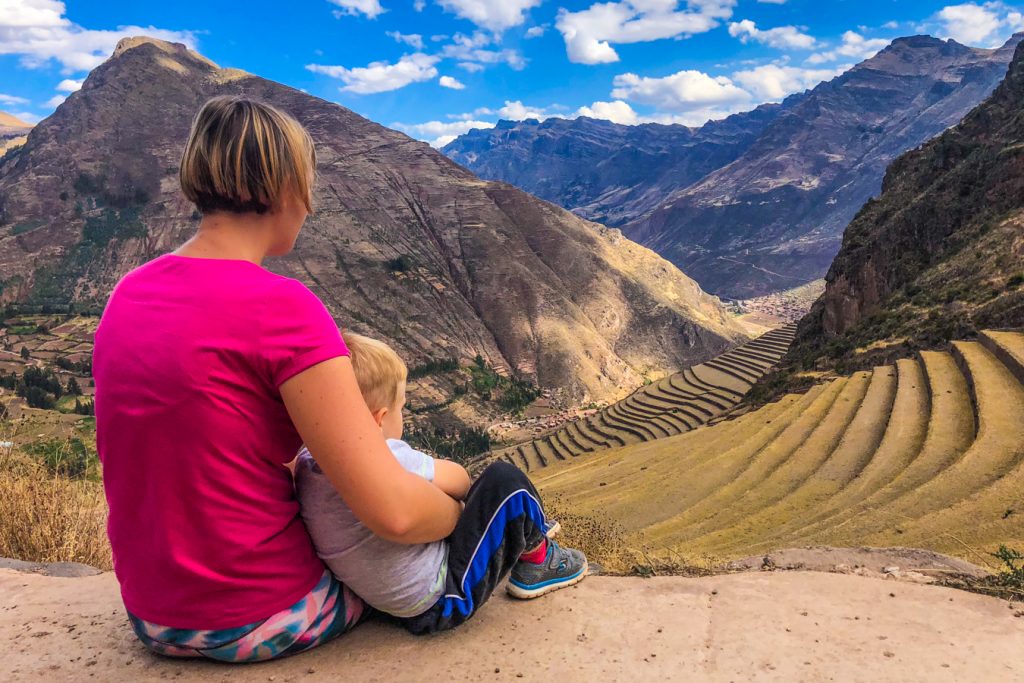
Probably the most impressive Inca site after Machu Picchu, Pisac archeologic site is located up hill from the city. On the way up we could see the agricultural terraces that cover the whole mountain side. The altitude on the top of the citadel is significantly higher than in the city; actually Pisac was the only place where all the three of us felt a bit strange. We could hardly climb the stairs and Eric was running around a bit confused. So we didn’t spend to much time here and all turned our well within minutes after we started the descent. I would advise you not to miss Pisac, but visit it only after you spend some times in the area, to be better used with the altitude.
Ollantaytambo
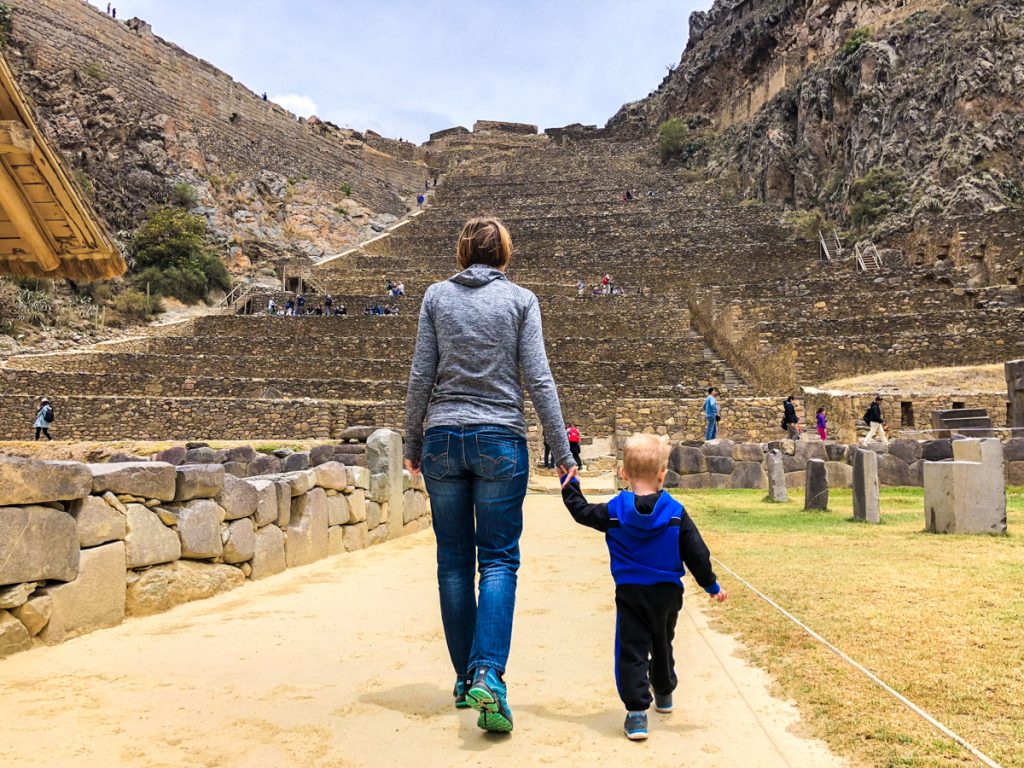
The capital of Emperor Pachacuti, Ollantattambo was also the place where the Inca set their resistance after the Spanish conquest. It’s totally worth the effort to climb the over 300 stairs to the top of the mountain. The view from the upper terrace is spectacular and covers the whole valley. You can see Incan ruins all around the city, not just in the archeological complex. On the mountains there are old buildings that were used for food storage and the whole area is surrounded by agricultural terraces.
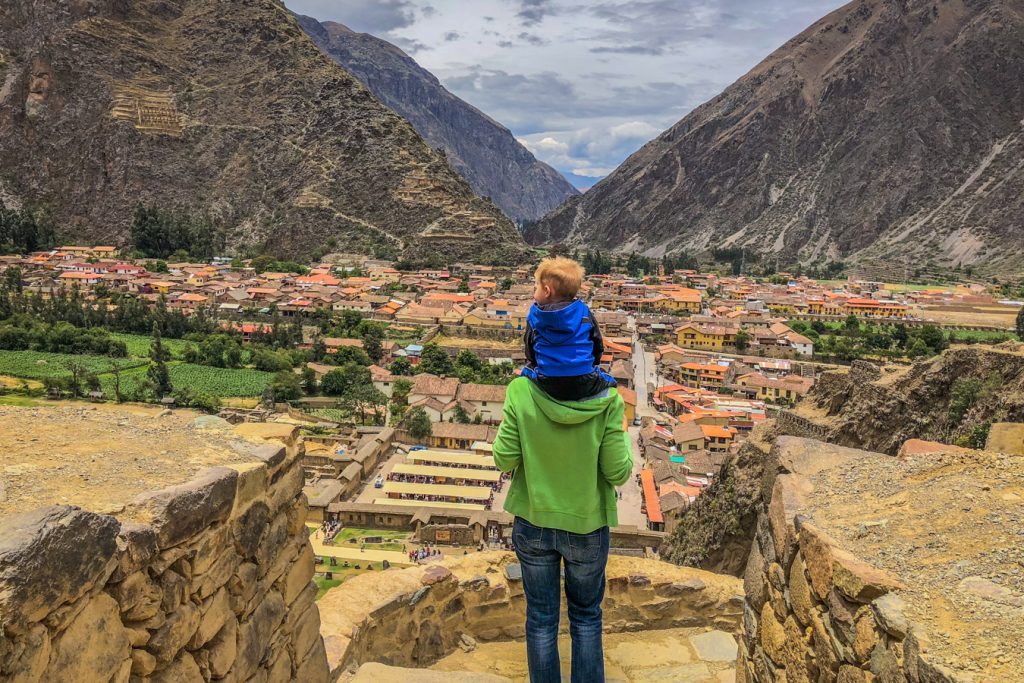
Maras
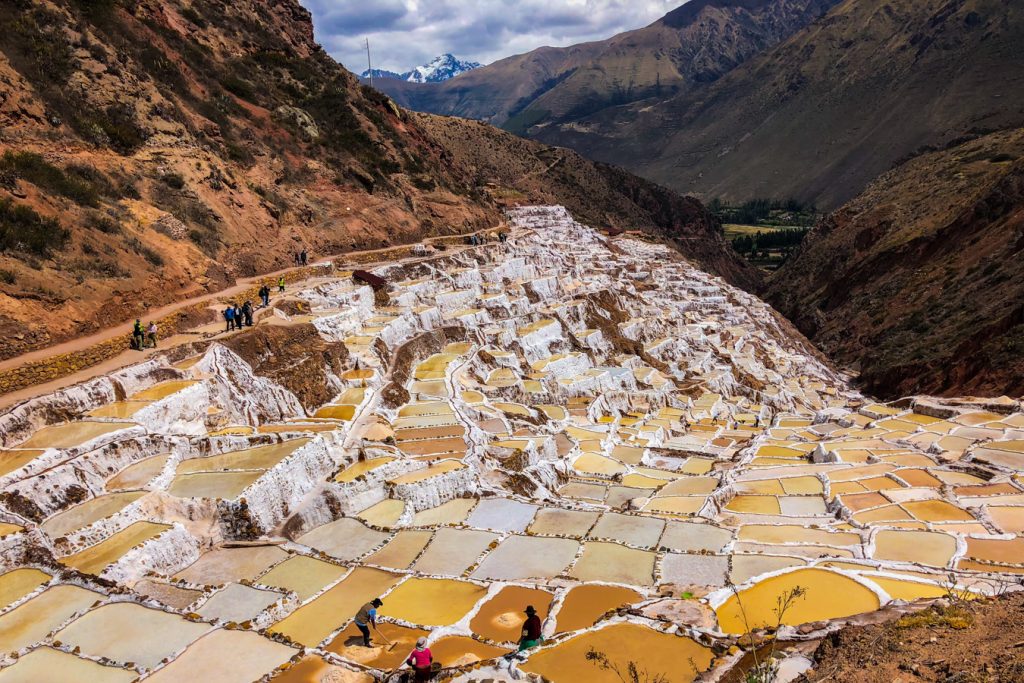
This site is not included in the ticket, but the additional 10 Soles/3 USD per person are very well spent here! Over 4,000 salt pans are arranged along the mountain side, fed by a saline spring. As the water evaporates, the small ponds change their colour in various shades of brown, yellow and white. Originally set by the Incas, the Salinas from Maras are still used today. When you visit, you can see local families working hard to gather the salt. By the exit, you can by various local souvenirs and lost of salt based products.
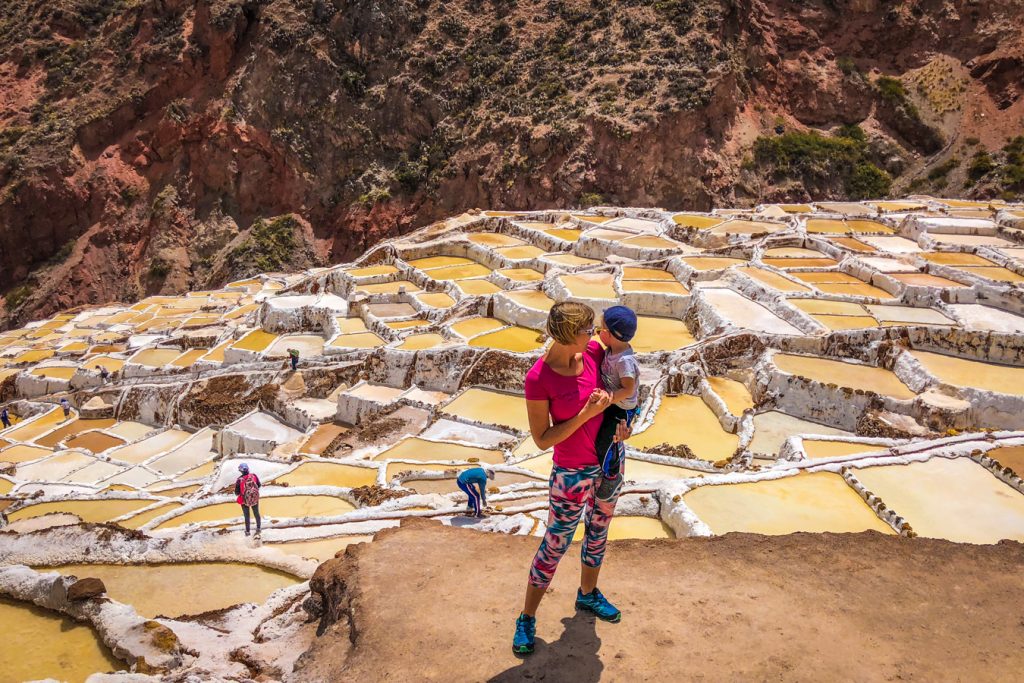
Pisac Market
Pisac town is famous for its colourful, traditional market. Even if it is quite touristic, the prices are quite low, considering you can easily negotiate everything. Bright coloured scarves, ponchos or blankets, hats, fluffy stuffed animals or various fur products, Andean musical instruments or colourful jewellery, you can find beautiful authentic souvenirs here. Most of the products are hand made and you can even see the women knitting various products while they expect their clients.
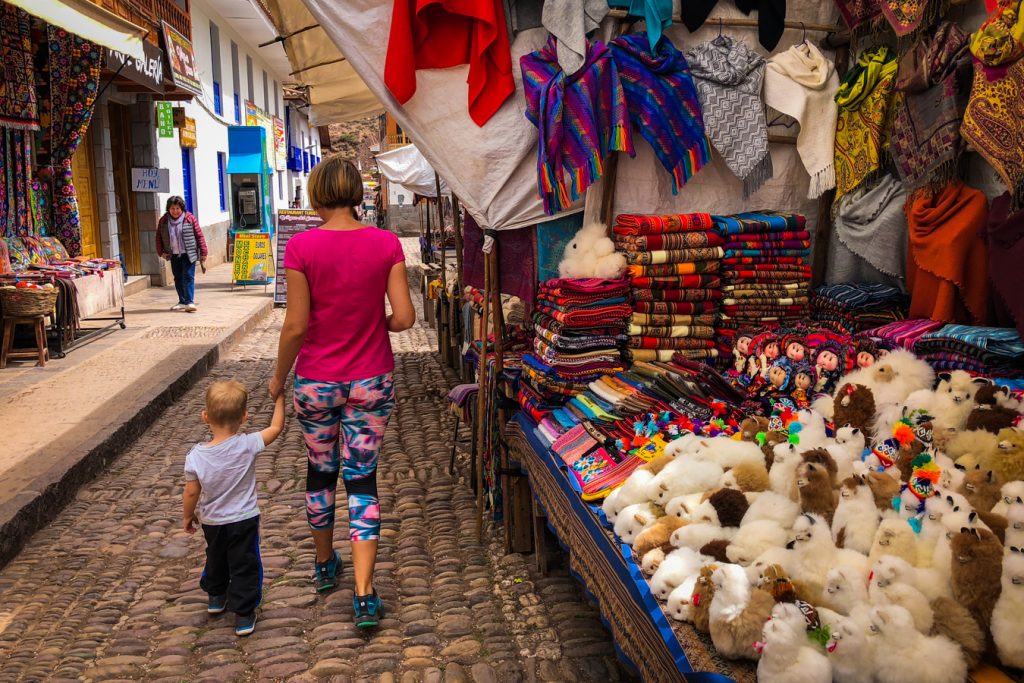

The typical items here are Alpaca wool textiles dyed in bright colours with natural pigments. They are absolutely wonderful, but make sure you are able to distinguish Alpaca wool from other fibres used, as it is much more expensive. Unfortunately for me, when you travel for a long time, you have to be very careful with your luggage size and must limit a lot any local shopping.
The women wearing traditional colourful clothing give an even more authentic charm. They are very friendly, especially with kids, but make sure you are respectful when taking photos and offer a small amount of money afterwards (it is usually a voluntary contribution of 2-3 Soles/1 USD).
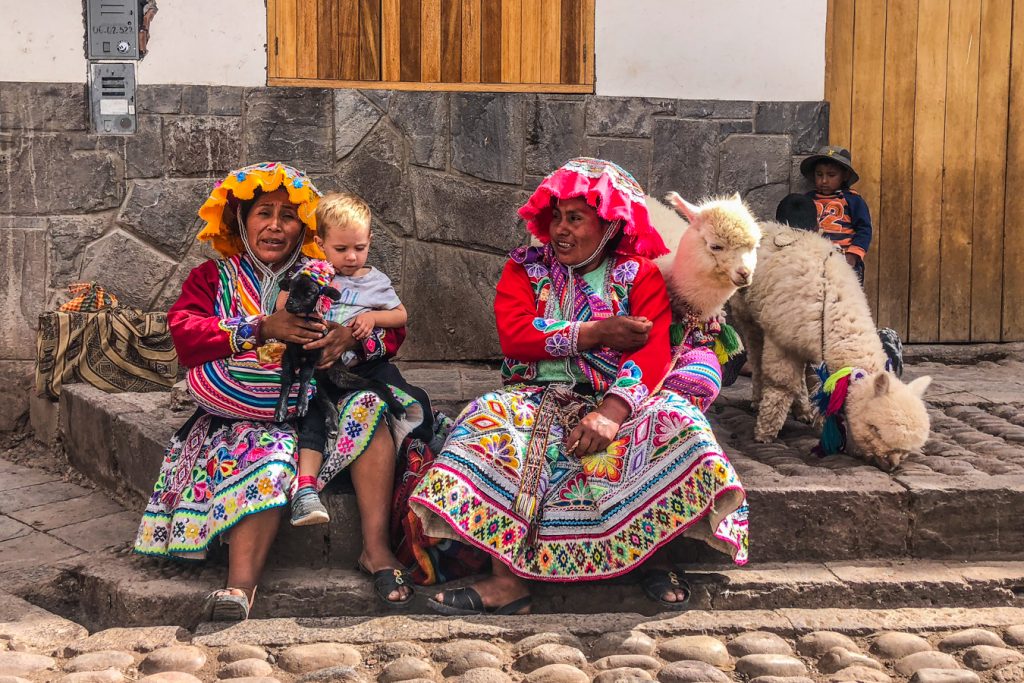
Of course what I mentioned here is just a part of what you can enjoy when you visit the Sacred Valley. This is also the gateway to Machu Picchu, which was a once in a lifetime experience for us.
Pin for later
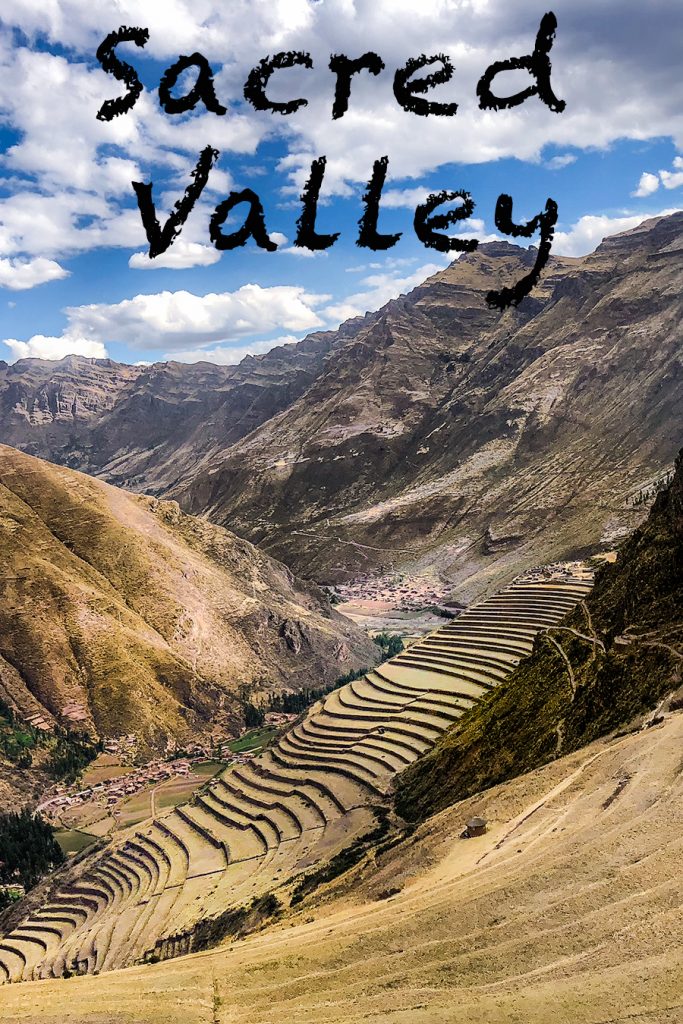
Disclosure: We received a press discount from Wayqey Lodge for our stay. All the opinions expressed here are our own. This article contains affiliate links.






When you rented the car did you receive a car seat for the baby?
Unfortunately we couldn’t find an car seat to rent in Urubamba, it was one of the few occasions we did not use one; I didn’t like it at all, but it was a compromise we had to make in 2-3 places we visited.
[…] of the high altitude. If you are not familiar with altitude sickness, we wrote more on this topic here. Located a bit over 4.500m, this is the highest altitude we’ve ever been, 1.000m higher […]
[…] the region without getting too tired. We have a whole article dedicated to our adventures in the Sacred Valley, you can check it for more tips and […]
[…] with extraordinary sights or activities. But it was a pleasant stay to relax before heading to the Sacred Valley & Machu Picchu. If you plan a visit to these famous landmarks, it is worth to spend at least […]